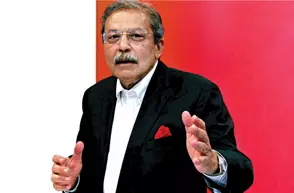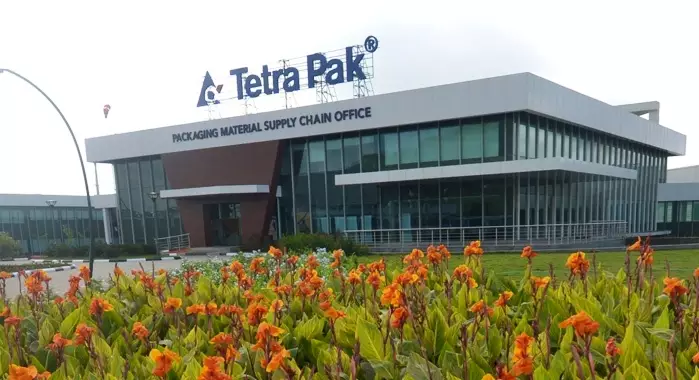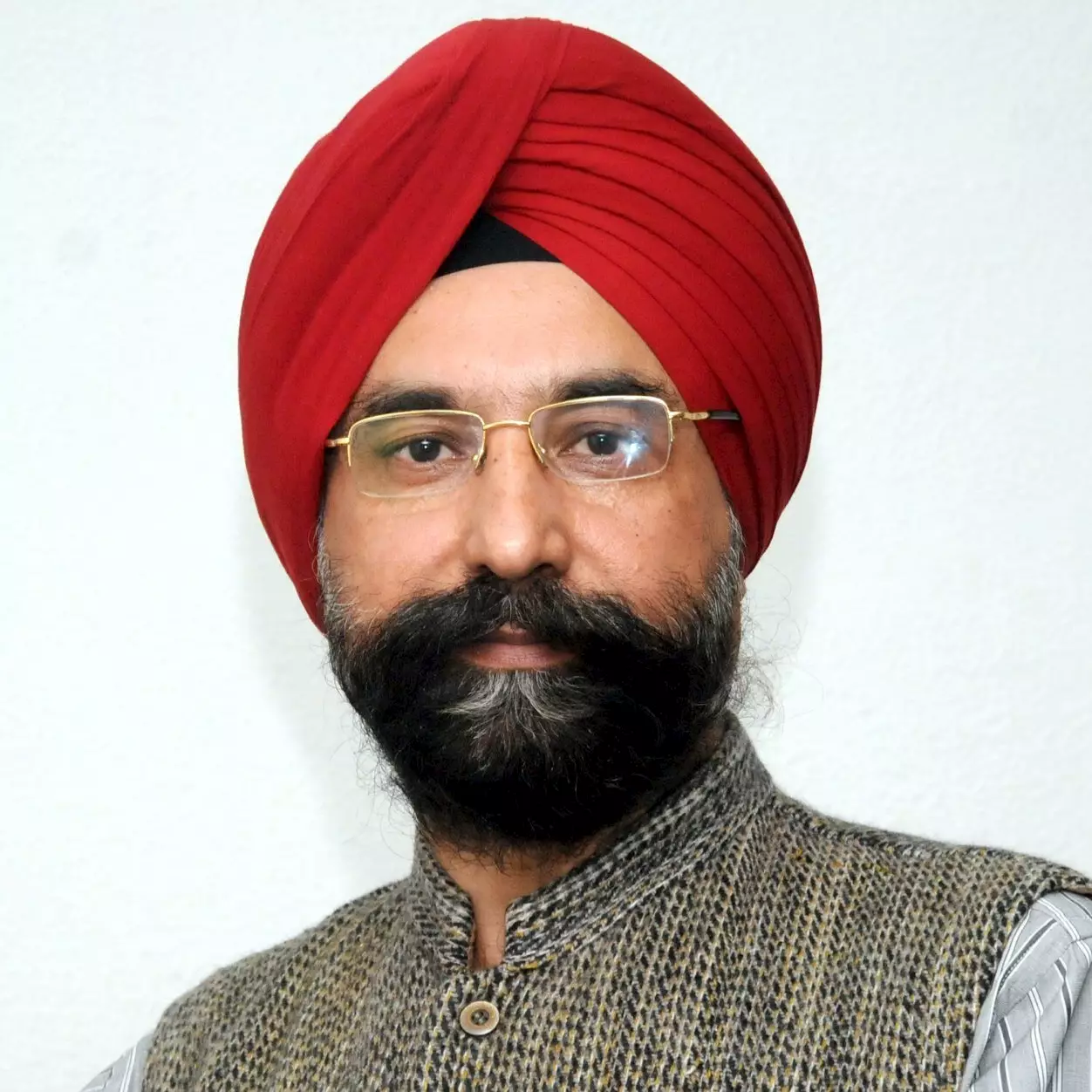India's food fable
With employment generation of over six million in 2016 and an investment pipeline of USD 18.84 billion lined up this year, the Indian food industry is ripe for another growth spurt, which is expected to hugely benefit the packaging sector in the coming years
08 Dec 2017 | By Sriraam Selvam
A quantum jump in the size and growth of food processing sector is needed, which would be in sync with the Government of India's vision of doubling farmer's income by 2022. Which is how, the processing minister Harsimrat Kaur Badal, announced at the end of the three day World Food India fair in November that USD11.25 billion investments were committed in the country’s food processing sector. She added, with government funds put together, the total investments signed have reached USD18.84 billion.
Later, the minister explained during a press briefing that the investments are promised in areas of food processing, beverages, logistics, wholesale and retailing, e-commerce, organic farming among others. Badal said, “The government has inked 50 MoUs. These are not just pieces of papers that we have signed. A lot of homework has gone into it. A lot of work which is going to get done,” she said.
The three-day World Food India was hosted in Delhi during the first week of November. It saw participation from 60 countries and over 50 global CEOs. The numbers were impressive. This included a world record being created when 800kgs of Khichdi was cooked in a giant wok at the World Food India 2017 festival.
But WhatPackaging? is keen to know how much of this USD18.84 billion will trickle down? And how much of this khichdi will be made available to 1.3 billion Indians?
Already international players like Pepsico has 62 manufacturing facilities across India. The state of Tamil Nadu is one of the biggest markets for the company bringing over Rs 1,000 crore in annual retail sales.
 Steven Schiller, Hershey
Steven Schiller, HersheyAccording to Steven Schiller, Hershey's President-International the future for India's food is: "We believe there is a huge potential to use the manufacturing set-up in India to export products to other markets. At the same time, we would like to use our multinational infrastructure to bring our international products to India, and rapidly learn which products receive good response. This will help us make deeper investments and grow our Indian business faster." Schiller's confectionary company has more than 80 brands globally.
Recognising this, the government has issued several incentives such as investment subsidy on SGST, interest subsidy at the rate of 6 per cent, support for primary processing centres, stamp duty refund, external development charge exemption and power tariff subsidy have been made available to food processing units.
As we inch closer to 2022, one has to wait and see if these incentives and subsidies provide the much needed difference to the industry.
Food numbers look healthy
PepsiCo, along with its partners, will invest Rs 13,300 crore over five years to set up a food and beverage plant. Coca Cola will put in Rs 11,000 crore for juice bottling infrastructure, fruit processing plants and equipment. Conglomerate ITC and FMCG major Patanjali inked deals with the ministry to invest Rs 10,000 crore each. ITC is looking to set up 20 integrated food processing and logistics facilities.
ITC's CEO Sanjay Puri says the company is proposing to invest Rs 10000 crore in food processing facilities. While speaking to a business channel, he said, "India's consumption market is projected to triple to USD4 trillion by 2025 with the bulk of expenditure going into food products." Much of this investment is in West Bengal. This is a part of the company’s Rs 25,000-crore-investment package that it has planned to invest on 65 projects, including 20 integrated factories for consumer goods across the country.
The Nestle chairman of board of director, Paul Bulcke, said top priority should be given to investment in building agriculture capacity amid challenges of scarce natural resources, rising population and growing food demand.
Food wastage
The Food Services sector is expected to have generated direct employment for 5.5-6 million people in the financial year 2016, which is expected to increase to 8.5-9 million by the financial year 2021. Indirect employment has seen a growth in CAGR of four per cent from 2013-2016 and expected to grow six per cent till 2021.
Food Services emerge as a key segment of Indian economy. Indian Food Services market in India (organised and unorganised) is estimated at Rs 3,37,500 crore in 2017 and is projected to grow at a CAGR of 10 per cent over the next five years to reach Rs 5,52,000 crore by 2022. Two mega metros, Mumbai and Delhi NCR contribute to 22 per cent of the overall Food Services market (11 per cent each) followed by six mini metros (Pune, Ahmedabad, Bengaluru, Chennai, Hyderabad, and Kolkata) comprising of 20 per cent share in the Food Services market.
But at the moment, India is currently only processing 10 per cent of its food, resulting in enormous food waste.
In its 2015 report, The CSR journal named the United Nations Development Programme as estimating up to 40% of the food produced in India as being wasted. ‘About 21 million tonnes of wheat are wasted in India’, the report states.
In a recent Food and Agriculture Organisation (FAO) study on ‘Save Food’ reported 1.3 billion tonnes of food is being wasted annually in India and China.
This is reflected in India slipping further in the ‘Global Hunger Index’ to 100 this year out of 119 countries and only Pakistan and Afghanistan are lower ranked Asian countries in the list.
An opportunity for packaging converters
 Suresh Gupta, Huhtamaki-PPL
Suresh Gupta, Huhtamaki-PPLHuhtamaki-PPL, one of the largest packaging converter in the country, has been making significant investments to reinforce its capabilities pan India.
Suresh Gupta, chairman, Huhtamaki-PPL, says, “Growth in flexibles is a bit faster than FMCG growth rates due to the ongoing shift from rigid packaging to flexible packaging. In view of this, we have aggressive growth plans in the pipeline, backed by investment support. This will include setting up new manufacturing facilities, introducing new technologies and upgrading existing ones, along with potential new acquisitions and capacity enhancement in existing plants.”
“Our large investments in new flexibles project in North East makes us the only packaging player to have a strong manufacturing presence in all four Indian geographies. Our pressure sensitive label business, Webtech Division, commercialised a new plant in Sikkim in March 2017. Huhtamaki recently took over Val Pack Solutions – a supplier of a comprehensive range of paper cups – to enter the foodservice packaging market in India.”
Harshal Parakh, who heads the flexible packaging division of Parakh Agro is upbeat. He says, “Today every FMCG company is trying to keep the shelf life intact while reducing the thickness of the packaging film and without compromising on the mechanical properties. In a bid to be future-ready, we are currently working with our strategic partners to develop different environment friendly high barrier substrates. That’s our target for 2020; to build a capacity of 2,000 tonnes per month.”
Tetra Pak sold more than 188 billion packs in 2016. Since 2010 it has introduced more than 22 packaging formats in many sizes and at different price points to suit the needs of diverse consumer segments in India. The managing director for South Asia Markets, Kandarp Singh, says, “We foresee the introduction of many new categories like ready-to-eat foods and value-added dairy products. We will bring in new technologies in India to cater to the needs of people and continue to evolve with the market. Since 2012 we have added more than 60 customers and we are confident of adding another 100 by 2020.”
 Tetra Pak's Pune plant
Tetra Pak's Pune plant The future of food
India, one of the world's largest producers of food, is also the largest producer of milk and second largest producer of fruits and vegetables. This huge raw material base, paired with a growing 1.3 billion population, presents vast investment and opportunities for the packaging industry.
Euromonitor International, the consulting firm has projected an eight per cent annual growth of India's chocolate confectionary market alone to reach Rs 16,200 crore in 2021 from last year's Rs 11,256 crore. For US-based Yum! Brands chief executive Greg Creed, "India is a standout market for Pizza Hut with its fifth consecutive quarter of same store sales growth." The company owns brands such as Pizza Hut, KFC and Taco Bell.
Pizza Hut opened its 9,000th restaurant outside the US in Mumbai on 27 November. The firm has already lined up plans to double its outlets in India to over 700 over the next five years.
Pizza is the space that is growing along with Papads and Pickles. Arvind Singhal of Technopak Advisors says in his report: Indian Retail has Witnessed Transformation to Papad, Pickle and Pizza. (Published by BusinessWorld)
Singhal has stated in his report, that India will be a USD one trillion retail market by 2020. And food in addition with grocery will be USD 600 billion. Singhal also focussed on how the food service reaches 75 USD trade in this projected one trillion mark.
Presently the food consumption is USD 1320 billion. By 2034 it is expected to be USD 3354 billion. Traditional retail will remain key to food retail in India, said Singhal.
Mumbai and Delhi have a USD 14 billion urban market cluster. Singhal felt, retailers have missed out on an opportunity. With 150 retail outlets perhaps Future retail has accrued some benefits.
Conclusion: A word of caution
Beneath all the hype and hullabuloo, is it better to err on the side of caution?
 RS Sodhi, Amul
RS Sodhi, AmulRupinder Singh Sodhi, managing director of Gujarat Cooperative Milk Marketing Federation (Amul), underlined that innovation for the packaging industry is a must for "food to prosper". He was addressing a gathering of packaging professionals at the International Summit for Packaging Industry organised by Indian Institute of Packaging in New Delhi.
Sodhi stressed that consumption is driven by the lower middle class and the bottom of the pyramid consumers. “For the packaging industry to see exponential growth, it is necessary to design packs that will boost consumption in this segment.”
“In the food sector, the industry will grow and the consumer will be satisfied when he gets to buy a product at a reasonable price and the farmer earns good value for their produce. The attempt should be made to reduce the gap between what farmer earns and what the consumer pays.
According to a Indira Gandhi Institute of Development Research (IGIDR) working paper, which crunches data on arrivals and prices from 2,953 mandis or regulated markets for 35 major agricultural commodities, "the extent of trade displacement is higher for perishable produce, at 20-22 per cent."
In real terms this means, while farmers should have seen their incomes rise in such a year, they actually ended up experiencing a loss in value of the crop sold by them in the mandis.
According to Harish Damodaran, in the Indian Express, "The other important thing to note about the IGIDR paper is that its period of analysis is limited to three months after demonetisation happen. There is reason to believe that its impact lasted much beyond that period. Proof of it is the widespread farmer protests across state such as Maharashtra, Madhya Pradesh and Rajasthan, much of which was witnessed during June just when the rabi crop had been harvested and marketed. May-June was also the time when most farm commodities registered price collapses."
Both these months, in fact, recorded negative consumer food price inflation rates.
Damodaran asks a pertinent question, "Generally, given bountiful supplies, produce prices fall with the mercury. But currently, perishables from tomatoes to spinach are more expensive than in the summer — when prices were, in fact, unusually low." So, what’s happening?
On the one hand, Pizza Hut spokesman says, "Today we have one Pizza Hut for every million people in India. There are regions such as South East Asia where we have 10 Pizza Huts for every million people." On the other hand, the number of mandis are woefully off the mark. As a result, there is food waste; and opaque minimum support price for the producers of the food.
As Rupinder Singh Sodhi said, "The industry will grow when the producer and the consumer are happy. The innovations in packaging must aim to add value for the producer and for the end-consumer and not just for the manufacturers and suppliers."
BIG NUMBERS
By 2024, India's food processing sector has the potential to attract USD33 billion investment, according to joint study by Indian industry body Assocham and Chicago-based professional services firm Grant Thornton.
The country's food and retail market are expected to touch USD482 billion by 2020, up from IDS258 billion in 2015..
As a result, the food processing sector has the potential to attract USD33 billion investment and generate employment of nine million persons days by 2024.











 See All
See All